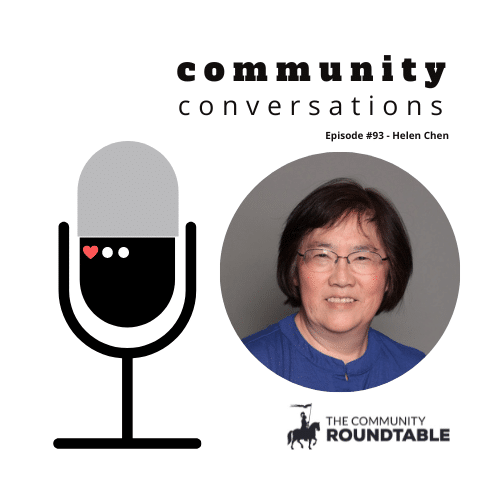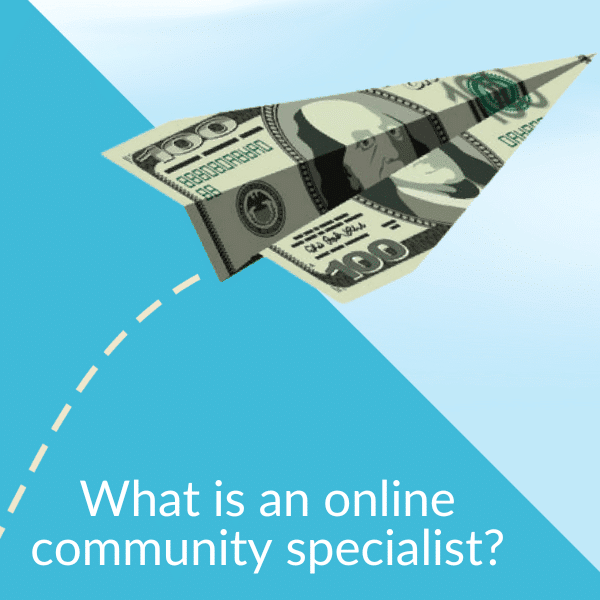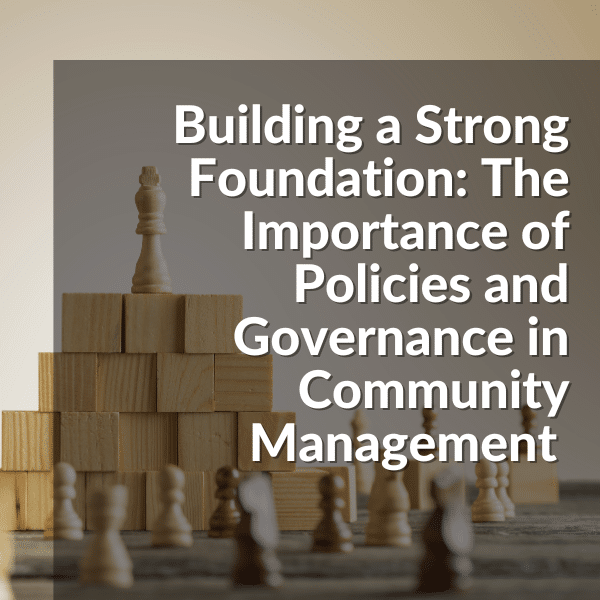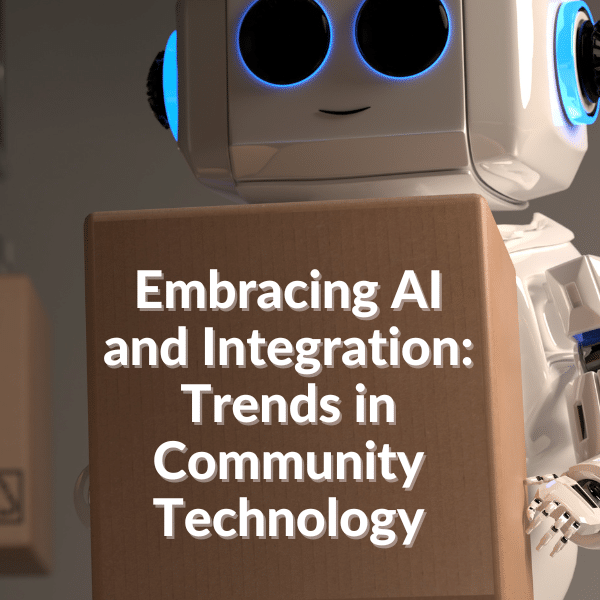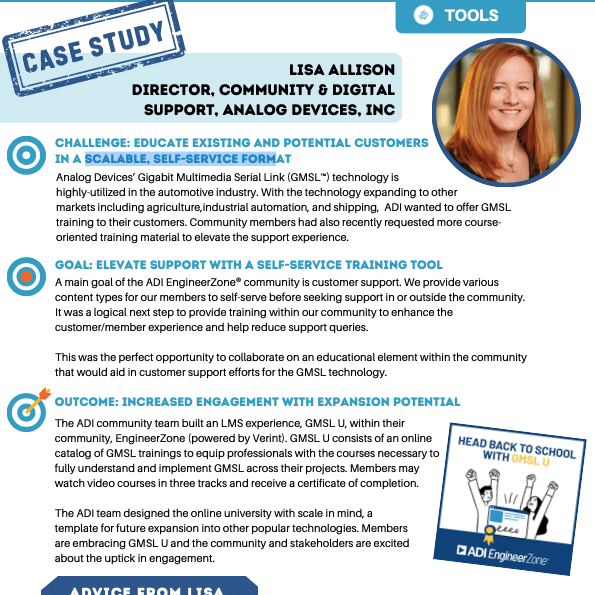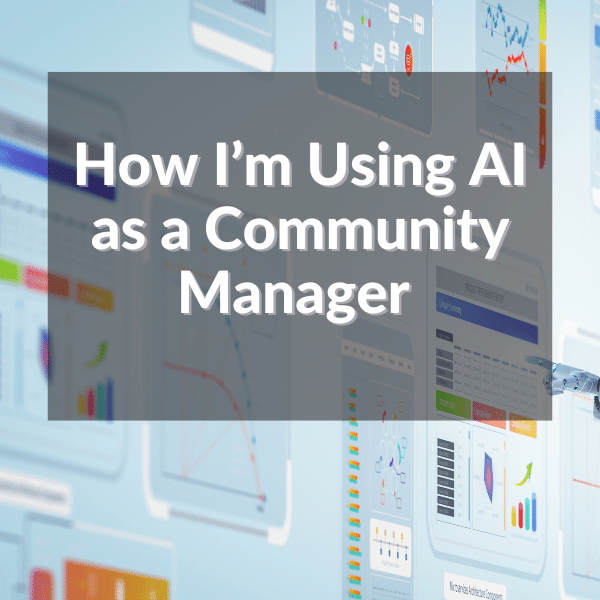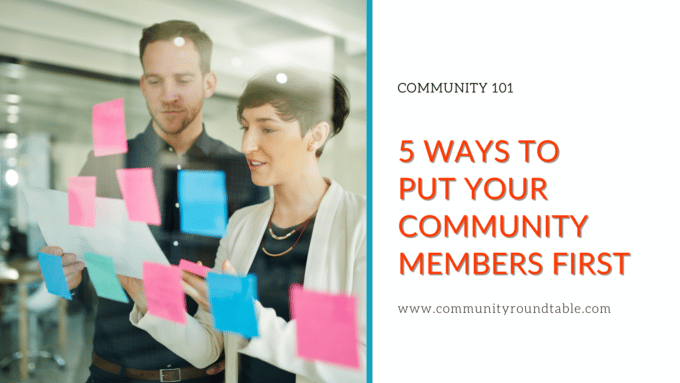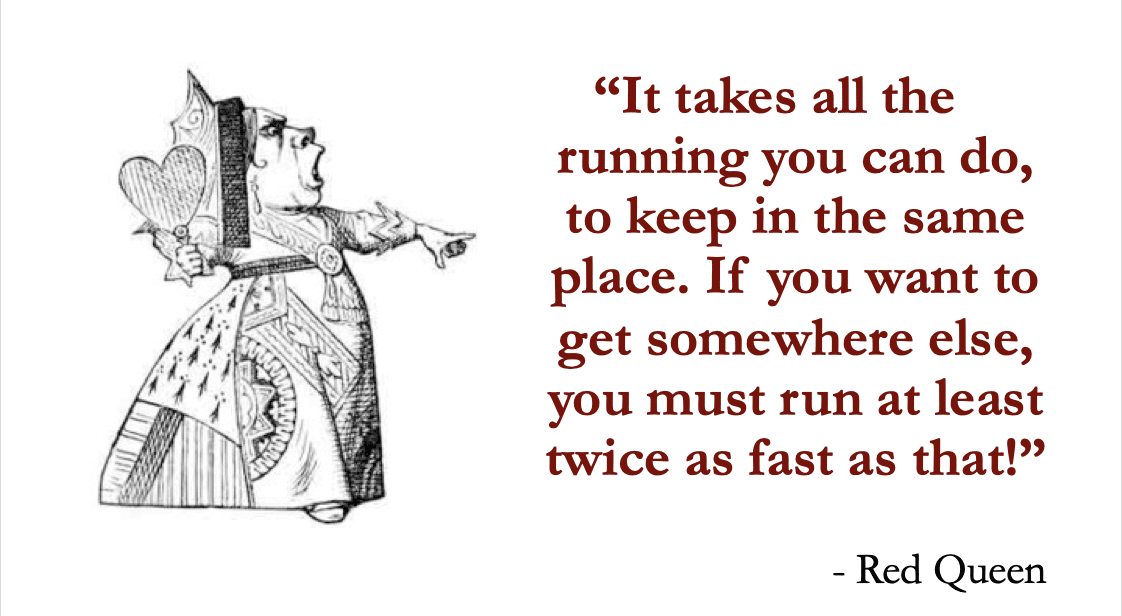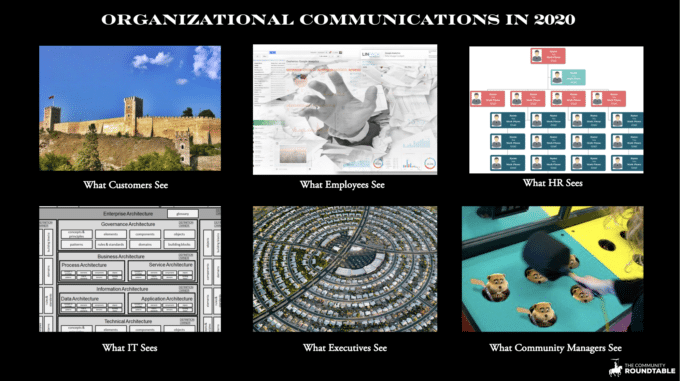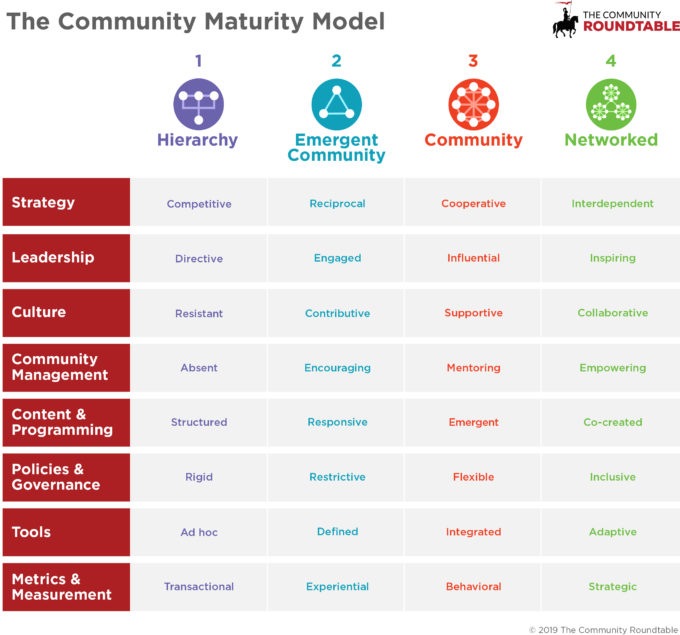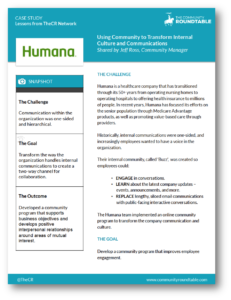Community Conversations is a long-running podcast series highlighting community success stories from a wide variety of online community management professionals.
Episode #95 of Community Conversations features Michael Watkins, Community Manager at Research Innovations Incorporated.
Hosts Jim Storer and Shannon Abram chat with Michael about his community building journey from gaming to engineering, fostering productive workplace culture with community, and ideas for effective programming across diverse office spaces.
Michael also shares best practices for the balancing a structured plan in place for community building in place, while also being willing to take risks and learn from mistakes.
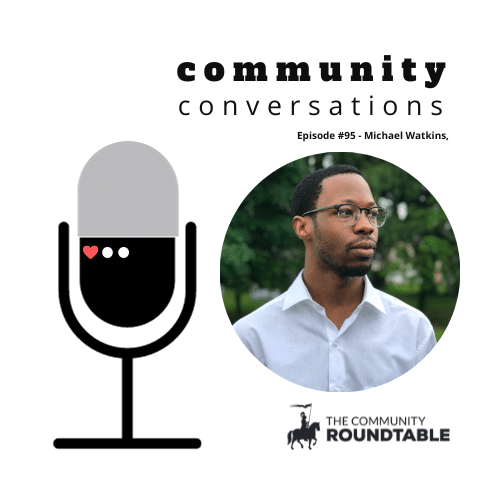
Listen to Michael Watkins on Fostering a Productive Workplace Culture with Community
Podcast: Play in new window | Download
About Michael Watkins
After starting his community career in the gaming industry, at organizations including Accelerate Gaming and GreyComm Studios, Michael now works in community at Research Innovations, Inc.
About Research Innovations, Inc
Research Innovations Inc. (RII) supports critical defense, intelligence, and cyber customers across the U.S. Government and with select international customers. RII is a leader in Joint All-Domain Command and Control (JADC2) efforts with its cutting-edge solutions, rapidly delivering transformative technology to customers and end-users to achieve its core purpose of “Creating RIIdiculously Awesome® solutions that make the world safer.” By combining user-centered design and agile development methods, they create innovative products and solutions for our customers. They focus on performing cutting-edge research and development of information systems that support Joint Command and Control, Mobile Computing and Cyberspace. Research Innovations is headquartered in Northern Virginia with several work locations and provides an environment and culture that rewards talent and accomplishment. They are a company of mission focused people who are satisfied when they deliver excellence and success to our customers.
